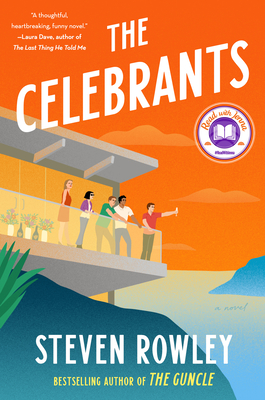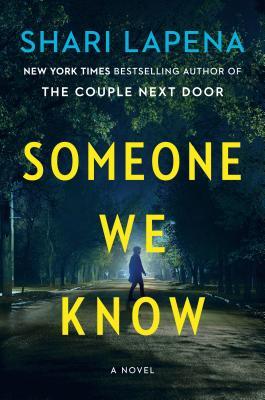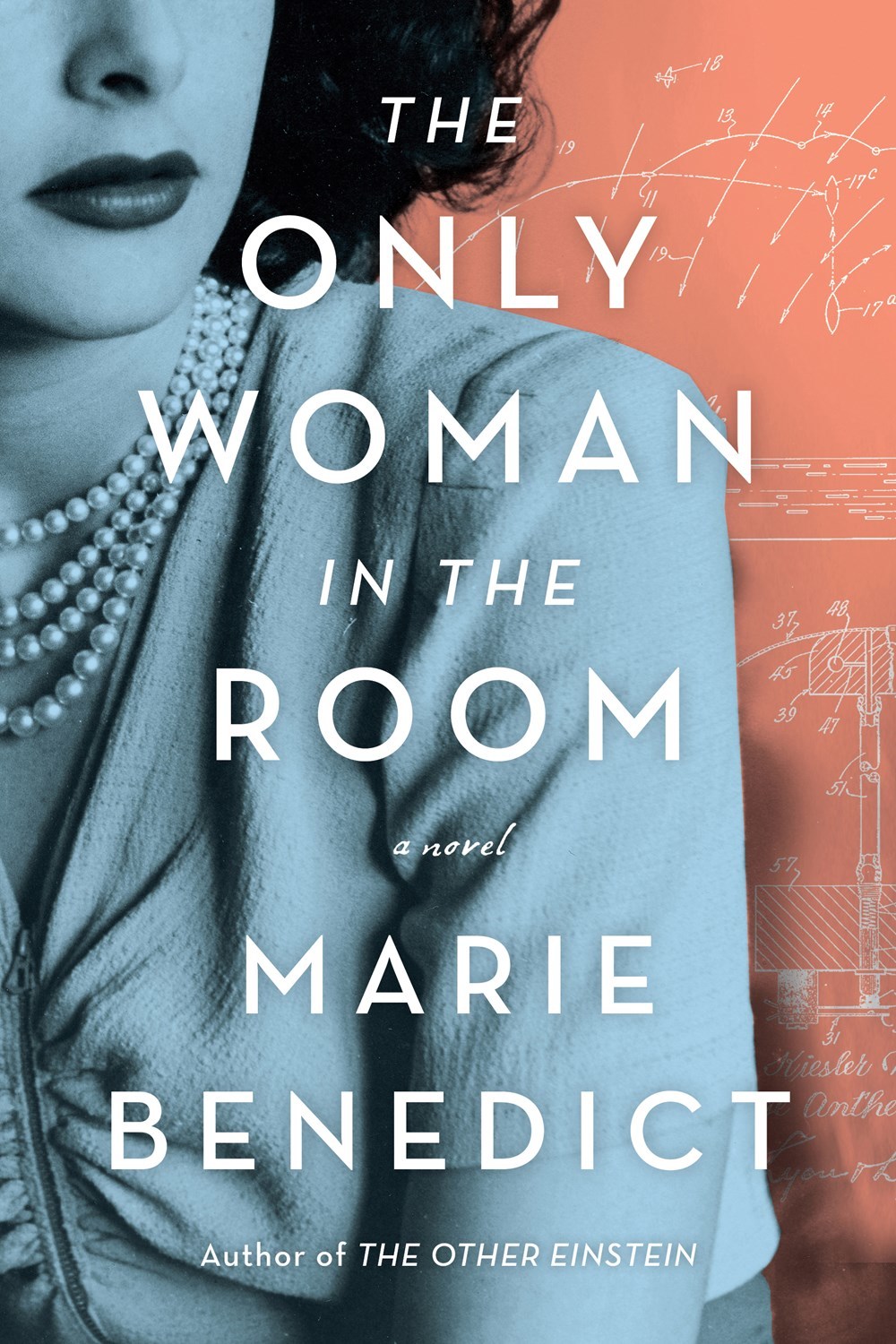It’s summer! With the hot weather and vacations on the way, we wanted to highlight some 2024 romances that have the word ‘summer’ in the title. You may remember the Summer Fiction Reads list we posted in June, but this list is all romances. Do you have a favorite summer romance read? Let us know in the comments.
These titles are all owned by Davenport Public Library at the time of this writing. Descriptions are provided by the publisher.
 Effie Olsen’s Summer Special by Rochelle Bilow
Effie Olsen’s Summer Special by Rochelle Bilow
Effie Olsen thought she’d never live on the tiny Maine island where she grew up, but she’s returning from sixteen years as a professional chef in far-flung countries for one summer and one summer only. Her hometown boasts one of the best restaurants in the US, and lucky for her, Brown Butter needs a sous chef. Effie’s eager for a chance at redemption after her last job went up in flames, but reluctant to set down roots in a place that reminds her of the ghosts of her past.
Until, that is, she runs into Ernie Callahan, her onetime best friend who now works in the very same restaurant. Early morning swims and late-night games of truth or dare with Ernie remind her of what she’s been missing while traveling the world. He knows her better than anyone, and it doesn’t hurt that his smile lights her up brighter than the lighthouses dotting the craggy coastline.
But their restaurant has a secret that’s bursting at the seams, and if Effie doesn’t keep it, her job will vanish into the foggy Maine air. As summer draws to a close, her dream job and the perfect guy are both within reach. Her salty seaside hometown might be the key to Effie’s sweet ending…if she can learn to let her heart lead the way in time. – Berkley
 Just for the Summer by Abby Jimenez
Just for the Summer by Abby Jimenez
Justin has a curse, and thanks to a Reddit thread, it’s now all over the internet. Every woman he dates goes on to find their soul mate the second they break up. When a woman slides into his DMs with the same problem, they come up with a plan: They’ll date each other and break up. Their curses will cancel each other’s out, and they’ll both go on to find the love of their lives. It’s a bonkers idea… and it just might work.
Emma hadn’t planned that her next assignment as a traveling nurse would be in Minnesota, but she and her best friend agree that dating Justin is too good of an opportunity to pass up, especially when they get to rent an adorable cottage on a private island on Lake Minnetonka.
It’s supposed to be a quick fling, just for the summer. But when Emma’s toxic mother shows up and Justin has to assume guardianship of his three siblings, they’re suddenly navigating a lot more than they expected–including catching real feelings for each other. What if this time Fate has actually brought the perfect pair together? – Forever
 Revisiting Summer Nights by Ashley Bartlett
Revisiting Summer Nights by Ashley Bartlett
In their twenties, PJ Addison and Wylie Parsons were hot young actors. Their iconic performances as the final girls in Dangerous Summer Nights launched a slasher franchise, and their real-life relationship only made their characters’ romance—and the film—more popular. But young love rarely lasts, and the Hollywood machine is brutal.
A decade later they are called back to the most recent Dangerous Summer Nights installment. Their days of shifting cultural paradigms are long past. It’s hard enough just to maintain Hollywood careers and pseudo happy lives. PJ’s a director, finally making a name for herself that isn’t attached to having been a sexy starlet. Wylie is on marriage number three and most days doesn’t even mind that she’s a cliché.
Their job is simple: pretend to be wildly in love on film again. Like professionals. But the more they fake it, the more they realize their feelings are anything but an act. – Bold Strokes Books
 Summer After Summer by Lauren Bailey
Summer After Summer by Lauren Bailey
Olivia Taylor’s marriage is in a death spiral when she agrees to come home to the Hamptons to help her father and sisters pack up the family estate. If it looks like she’s running away from her soon-to-be ex, Wes, and New York City, well, she is. But someone has to take care of things and that’s always been Olivia’s role in the family. After years of financial trouble, someone’s finally bailing them out with a huge offer to buy their beachfront property, which is a good thing, although it means losing the home she grew up in, where her mother died, and where she first met Fred, the love of her life.
It’s been five years since the last time things blew up between Olivia and Fred, but much longer since the first time. At this point, Olivia fears it was never meant to be, so there’s no reason to feel butterflies in her stomach at the idea of seeing him again. They’ve already tried, and tried again…and again…but she’s newly single, and she isn’t the same person she was the last time–and Fred has changed too.
This time, things will be different. Maybe, just maybe, the fifth time’s the charm. – Alcove Press
 Summer Romance by Annabel Monaghan
Summer Romance by Annabel Monaghan
Benefits of a summer romance: It’s always fun, always brief, and no one gets their heart broken.
Ali Morris is a professional organizer whose own life is a mess. Her mom died two years ago, then her husband left, and she hasn’t worn pants with a zipper in longer than she cares to remember.
No one is more surprised than Ali when the first time she takes off her wedding ring and puts on pants with hardware—overalls count, right?—she meets someone. Or rather, her dog claims a man for her…by peeing on him. Ethan smiles at Ali like her pants are just right—like he likes what he sees. He looks at her like she’s a younger, braver version of herself. The last thing newly single mom Ali needs is to make her life messier, but there’s no harm in a little summer romance. Is there? – G.P. Putnam’s Sons
 The Summer Book Club by Susan Mallery
The Summer Book Club by Susan Mallery
The rules of summer book club are simple:
No sad books
No pressure
Yessssss, wine!
Besties Laurel and Paris are excited to welcome Cassie to the group. This year, the book club is all about fill-your-heart reads, an escape from the chaos of the everyday—running a business, raising a family, juggling a hundred to-dos. Even the dog is demanding (but the bestest boy).
Since Laurel’s divorce, she feels like the Worst Mom Ever. Her skepticism of men may have scarred her vulnerable daughters. Cassie has an unfortunate habit of falling for ridiculous man-boys who dump her once she fixes them. Paris knows good men exist. She’s still reeling after chasing off the only one brave enough—and foolish enough—to marry her.
Inspired by the heroines who risk everything for fulfillment, Laurel, Paris and Cassie begin to take chances—big chances—in life, in love. Facing an unwritten chapter can be terrifying. But it can be exhilarating, too, if only they can find the courage to change. – Canary Street Press
 This Summer Will Be Different by Carley Fortune
This Summer Will Be Different by Carley Fortune
This summer they’ll keep their promise. This summer they won’t give into temptation. This summer will be different.
Lucy is the tourist vacationing at a beach house on Prince Edward Island. Felix is the local who shows her a very good time. The only problem: Lucy doesn’t know he’s her best friend’s younger brother. Lucy and Felix’s chemistry is unreal, but the list of reasons why they need to stay away from each other is long, and they vow to never repeat that electric night again.
It’s easier said than done.
Each year, Lucy escapes to PEI for a big breath of coastal air, fresh oysters and crisp vinho verde with her best friend, Bridget. Every visit begins with a long walk on the beach, beneath soaring red cliffs and a golden sun. And every visit, Lucy promises herself she won’t wind up in Felix’s bed. Again.
If Lucy can’t help being drawn to Felix, at least she’s always kept her heart out of it.
When Bridget suddenly flees Toronto a week before her wedding, Lucy drops everything to follow her to the island. Her mission is to help Bridget through her crisis and resist the one man she’s never been able to. But Felix’s sparkling eyes and flirty quips have been replaced with something new, and Lucy’s beginning to wonder just how safe her heart truly is. – Berkley
More 2024 Summer Romance Reads! on-order
- Curvy Girl Summer by Danielle Allen
- For the Love of Summer by Susan Mallery
- Hot Summer by Elle Everhart
- One Last Summer by Kate Spencer
- The Summer Escape by Jill Shalvis





 If you are interested in any of these titles, or have read them, we want to talk about them! Please consider leaving a comment! Want to converse with other QCL Book Club followers? Consider joining our
If you are interested in any of these titles, or have read them, we want to talk about them! Please consider leaving a comment! Want to converse with other QCL Book Club followers? Consider joining our 






















